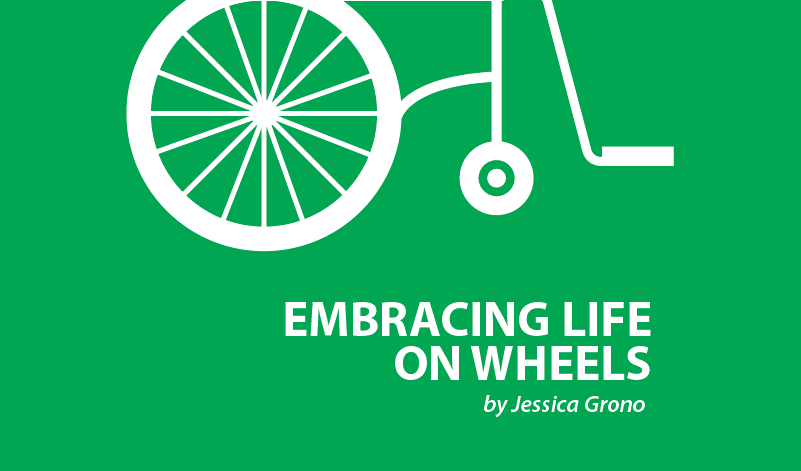Tips for Being an Excellent Teacher to Students With Disabilities

As the summer closes, our attention turns toward school. School bags, pencils, crayons and other school supplies are at the forefront of parents’ and students’ minds. When the student has a disability, however, there are many other aspects to think through and be prepared to handle. If you are a teacher with a student who has a disability, there are many suggestions that you can use not only to make you a successful teacher, but also help your student be more comfortable and ready to learn.
The first step on your to-do list is to research the disability of the student. I sat through an entire individualized education plan (IEP) meeting once, and the mainstream teacher continued to say that the student had multiple sclerosis instead of cerebral palsy. Please avoid this embarrassment and do research. As you research, keep in mind that each student is an individual. So, you might know the facts about the disability, but each disability affects the person in unique ways.
If your student uses a wheelchair or mobility device, it might be tempting to have him or her sit in the very front of class. Now it’s your time to be creative. Students who have disabilities do not want to stand out anymore than they already feel they do. If you seat students by alphabetical order, then think about how you can do that for disabled students as well. If you can’t put them in the middle of the classroom, at least put them on the end of the row in the middle or back. Consider various desk layouts, such as a horseshoe placement.
Try to set your mind not to place any limits on the student. If you have in your mind that students can’t succeed, then you aren’t going to teach them in the way they deserve. Set no limits on your students and they will soar. Be realistic without setting any limitations that will hurt or hinder them. If students think a teacher believes in them, all kinds of terrific things will happen.
If your student has a speech impediment, you might feel the need to ignore him or her because it’s easier on both of you. But for all students there will be a time when they will not be in the safety of the school and they will need to communicate with others. Practicing communication is a benefit, as is discovering the best methods for them to communicate. Do not allow other students to make fun of how someone talks. We all communicate differently, and that needs to be respected.
Be prepared to adapt to the student. I was a very good algebra student, even though I had to dictate everything to my aide. My teacher knew I knew the material, so for the final exam, he gave me five different problems that covered everything he was looking for instead of insisting I do the full 30-question test that would take me hours to dictate.
Wonderful teachers have similar qualities. They care, learn, seek solutions and want children to succeed. Try putting yourself in the shoes of the student. What kind of teacher would you want to have?
***
Note: Cerebral Palsy News Today is strictly a news and information website about the disease. It does not provide medical advice, diagnosis, or treatment. This content is not intended to be a substitute for professional medical advice, diagnosis, or treatment. Always seek the advice of your physician or other qualified health provider with any questions you may have regarding a medical condition. Never disregard professional medical advice or delay in seeking it because of something you have read on this website. The opinions expressed in this column are not those of Cerebral Palsy News Today, or its parent company, BioNews Services, and are intended to spark discussion about issues pertaining to cerebral palsy.




Kerry Mellin
Such an important message as we send our children back out into the world this week! Thank you for this!